When we walk around from day today, we are irked, pestered, even attacked by the insects and “creepy crawlies” that throw themselves at us, intruding into our comfortable little bubbles. They are unwelcome in our world of flypaper, flyswats and roach traps.
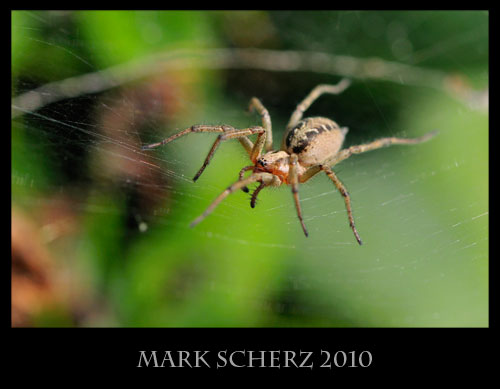
D300 + 105mm VR @ 1/1000s f/8
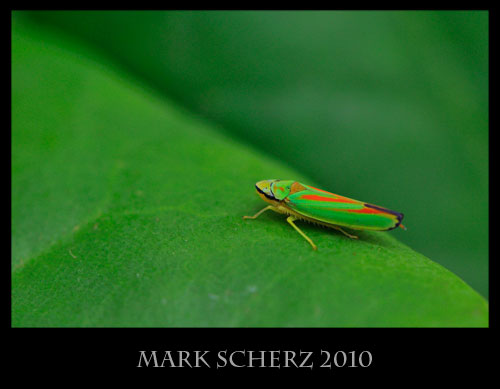
D300 + 105mm VR @ 1/250s f/8
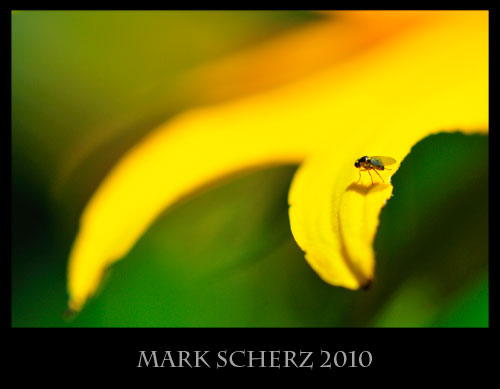
D300 + 105mm VR @ 1/800s f/11
Yet insects are by far the most successful of all classes. There are 350,000 known species of beetle alone, and that number is thought to represent only a fourth or fifth of the true number (a fourtieth by some ridiculous estimates). That’s a mind-boggling number of little (and not-so-little) bugs that we take for granted. The number of insects is so great that there is no source on the internet for love or money that can give you type specimen or identification information on every genus, let alone species, currently known to science (this is also why there are no reliable field guides to them, even in just Britain).

D300 + 105mm VR @ 1/250s f/4
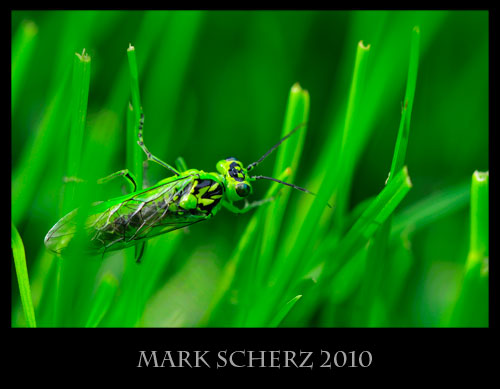
D300 + 105mm VR @ 1/80s f/8
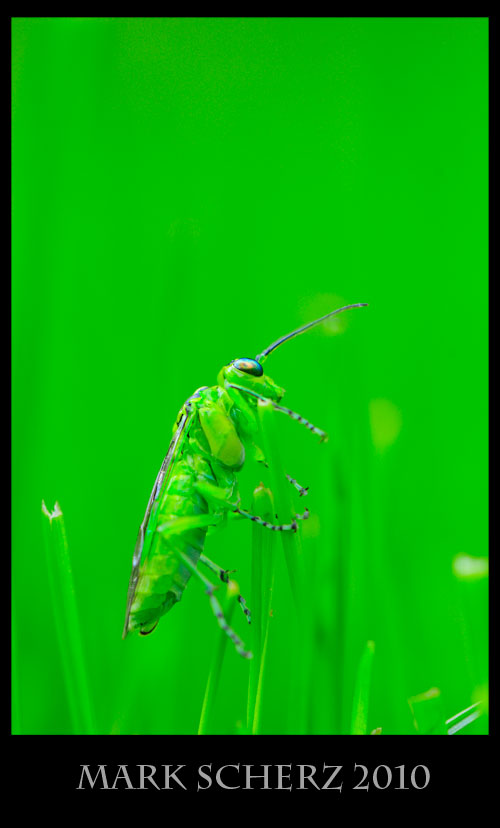
D300 + 105mm VR @ 1/40s f/8
Let’s put this into perspective: if we assume there are 10 million species of insects (a somewhat conservative estimate), if every one of those had just 100 individuals to its name, that’s a billion insects. Then we take into account that some insects live in colonies in excess of a billion individuals… Insects outnumber humans at least a thousand to one. They have colonised every continent on earth, and they’ve been around for three hundred million years.
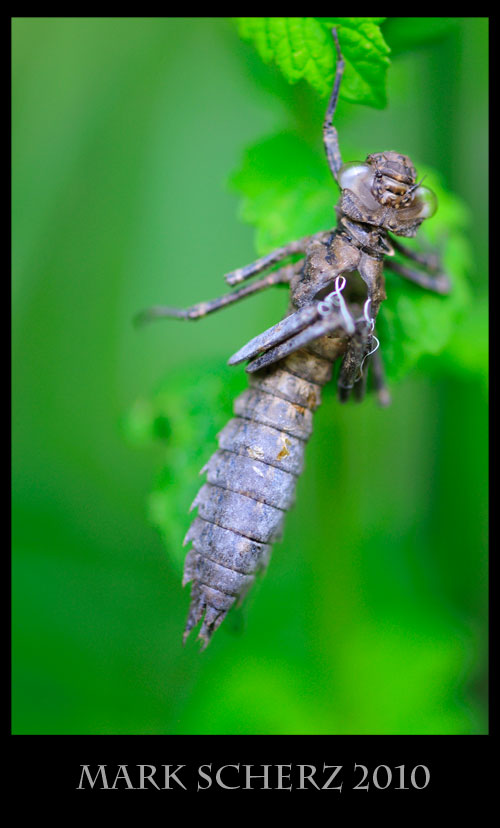
D300 + 105mm VR @ 1/100s f/3.5
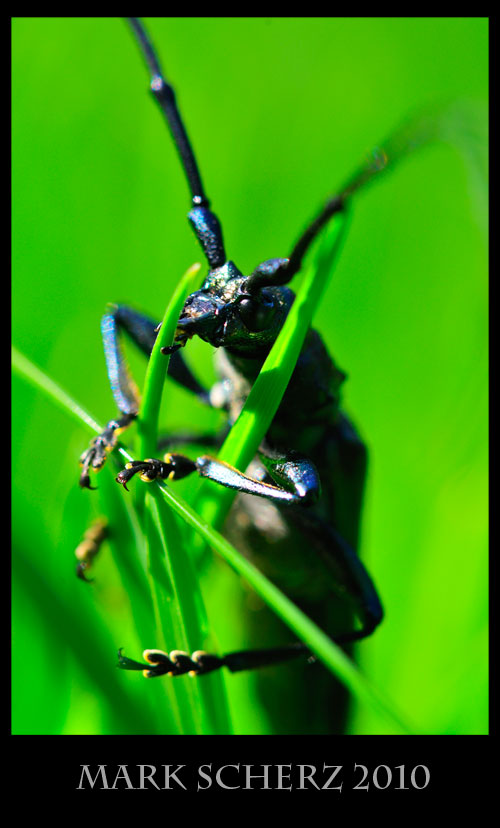
D300 + 105mm VR @ 1/100s f/10
We get the point, right? Insects are everywhere, and there are a lot of them. Good. So we take them for granted. Sure. But what happens when we stop and take a look into their world? Sit for an hour or two and just watch a lavender or Budlleja plant and you get a little insight into the fascinating world of insects. The interactions between individuals of the same and different species. The patterns of visitation of the bugs from one flower to another. Throw a macro lens in the mix, and you open up a whole new world.
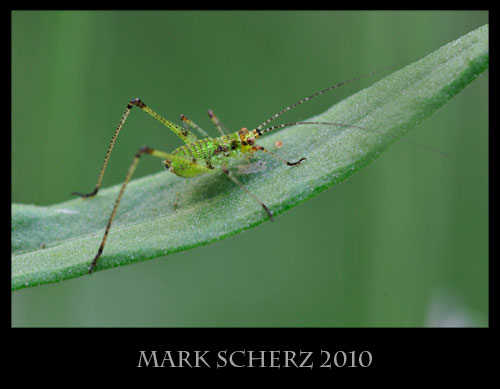
D300 + 105mm VR @ 1/100s f/9
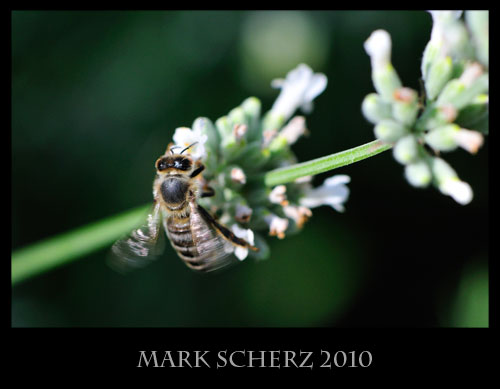
D300 + 105mm VR @ 1/1000s f/9

D300 + 105mm VR @ 1/400s f/8
For my personal photography, there are few things I enjoy shooting more, and that I shoot more successfully, than insect macros. An hour shooting a single bed of Black-eyed Susans yields several hundred keepers, and a few of what I consider to be stellar photographs.
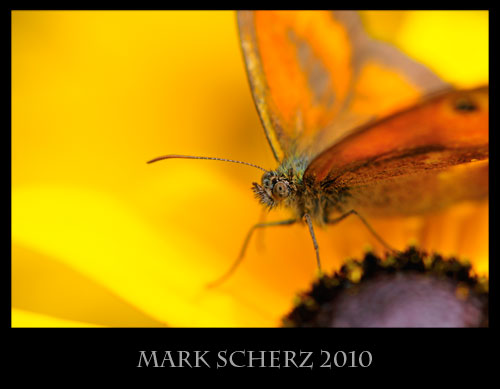
D300 + 105mm VR @ 1/200s f/7.1
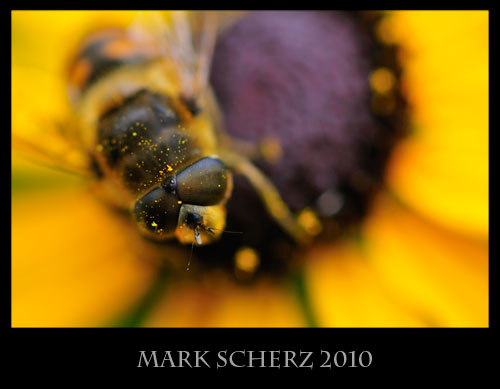
D300 + 105mm VR @ 1/250s f/6.3
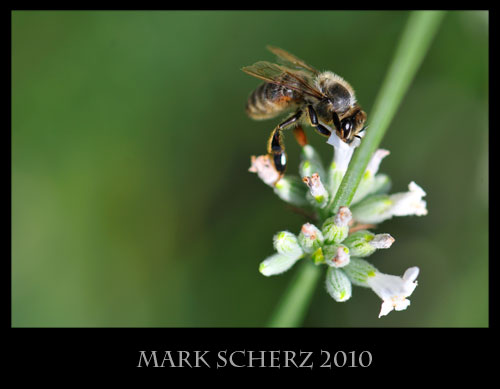
D300 + 105mm VR @ 1/1000s f/5.6
Just what does it take to get into the macro insect world? I’m not talking gear (shocking, I know!) – I’m talking technique, knowledge, skill and determination. The thing is, you can’t have a lot of some of these and none of the others. You need a good balance.
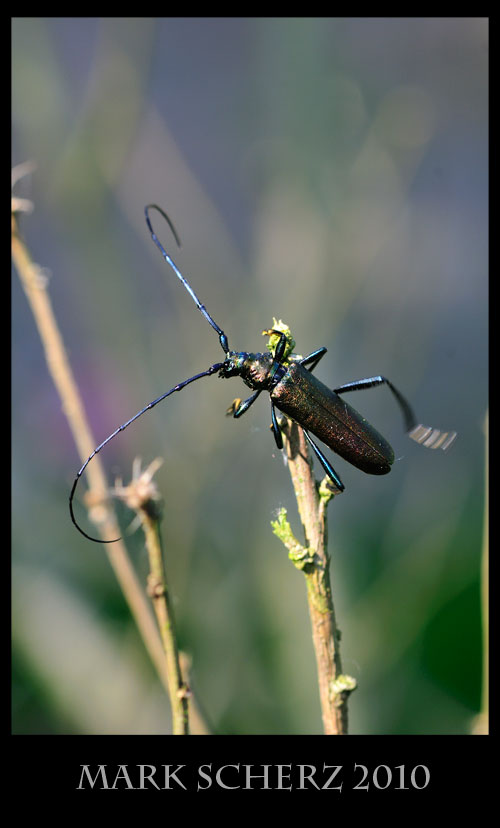
D300 + 105mm VR @ 1/125s f/8
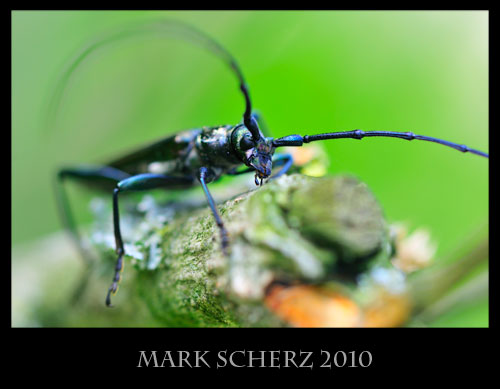
D300 + 105mm VR @ 1/60s f/6.3
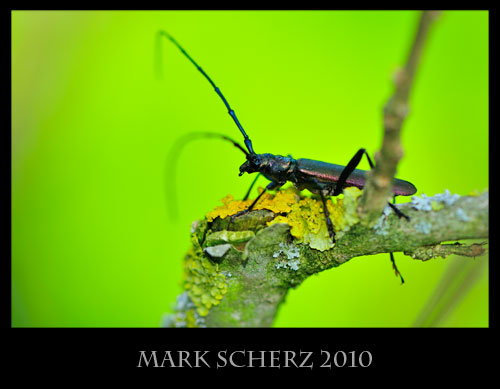
D300 + 105mm VR @ 1/320s f/4
Fortunately, it’s pretty easy to work on technique and skills. Moose Peterson is always going on about proper hand holding technique. Master this, and you will stand a better chance of getting your shots sharp.
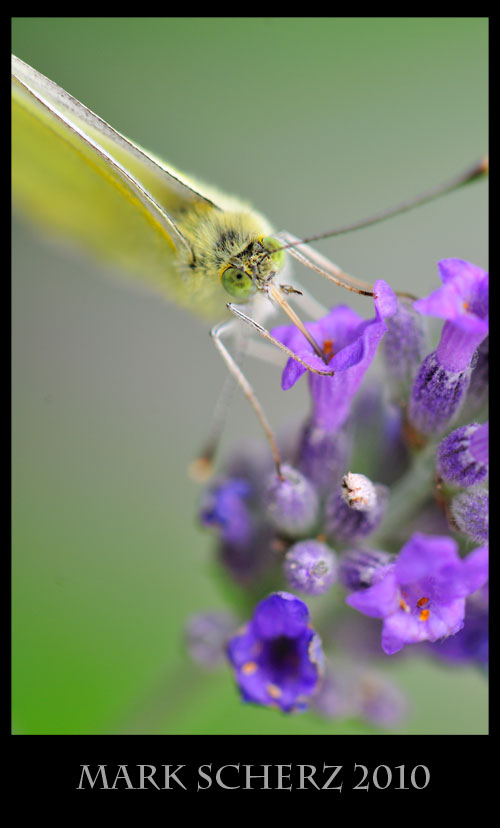
D300 + 105mm VR @ 1/100s f/8
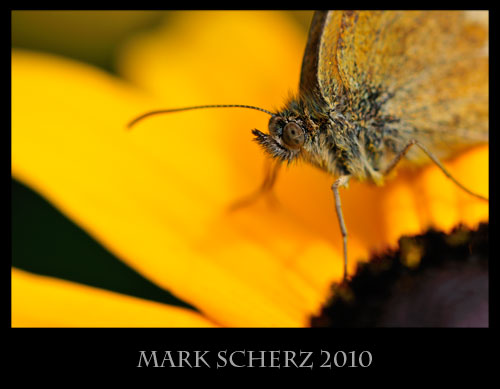
D300 + 105mm VR @ 1/160s f10
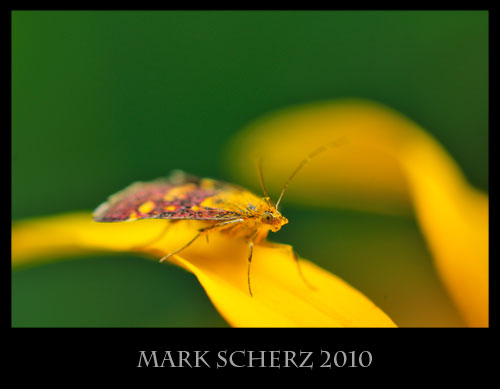
D300 + 105mm VR @ 1/160s f/7.1
There is only so much that this and other general techniques can help though (we’ll discuss general techniques in future posts too). What’s the key? The most important thing that will make your (macro) photography better? Practice. Getting out and shooting, again and again. Insect macros are so addictive that I’ve filled a 16 gig card in an hour (1100 shots or so), and there are so many different subjects to work with, if the conditions are right, the clicks basically make themselves.
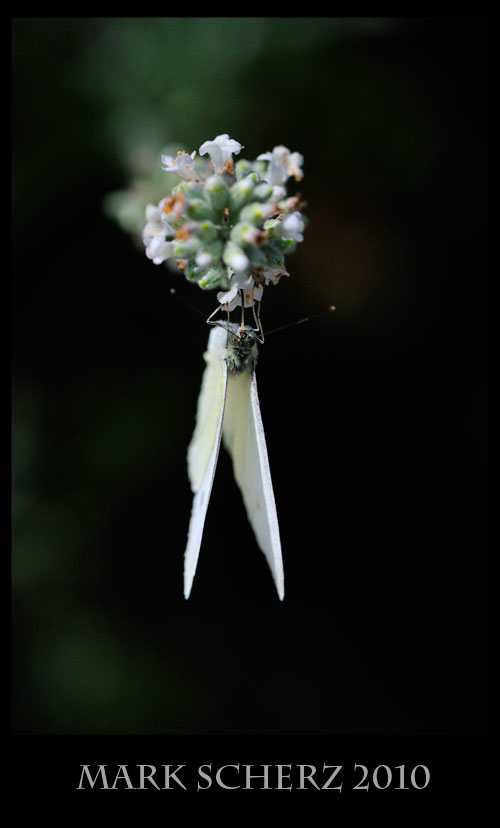
D300 + 105mm VR @ 1/3200.1s f/8
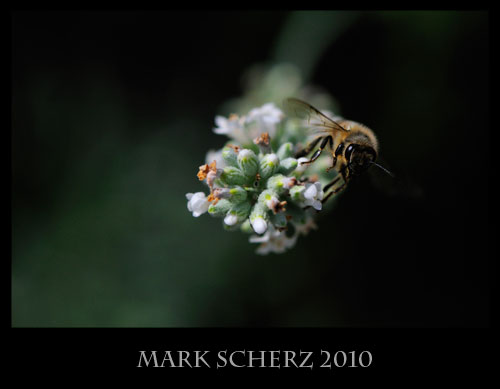
D300 + 105mm VR @ 1/4000.2s f/8
This is the part that takes determination though. You have to have the mettle to get out there and shoot. Conditions will rarely be just right, so getting out there and spending time behind the lens sometimes takes more than just sheer will power; it needs that determination to get the shot.
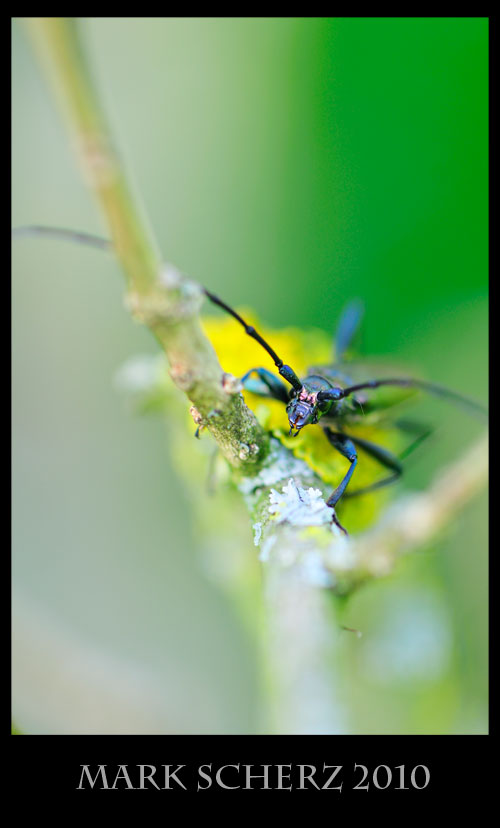
D300 + 105mm VR @ 1/100s f/4
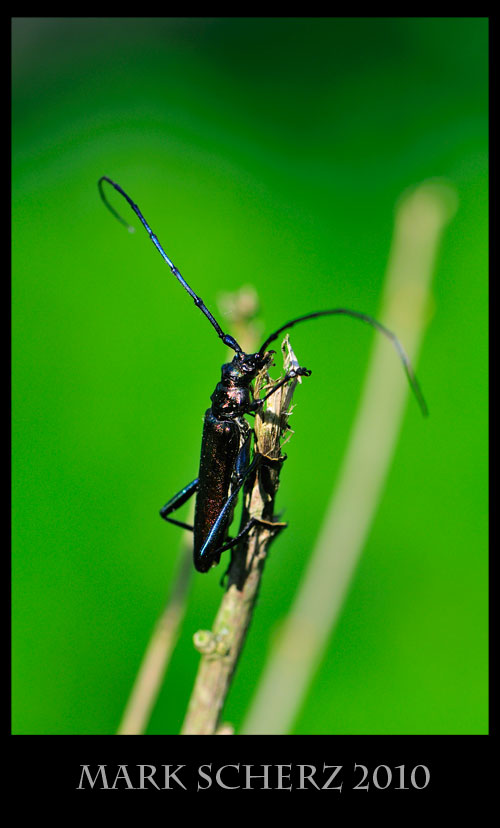
D300 + 105mm VR @ 1/320s f/7.1
Sometimes that determination to get the shot will push you outside your comfort zone. For example, I have a huge phobia of wasps, which apparently I ignore completely when they set up for some epic shots.
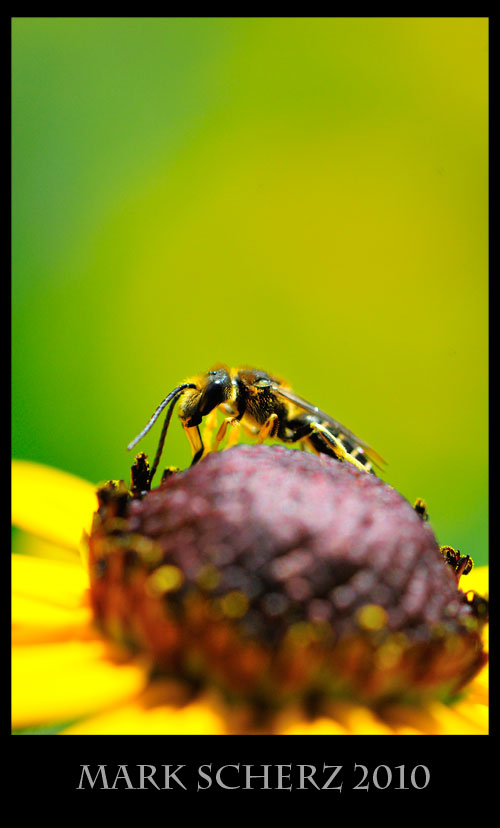
D300 + 105mm VR @ 1/640s f/9
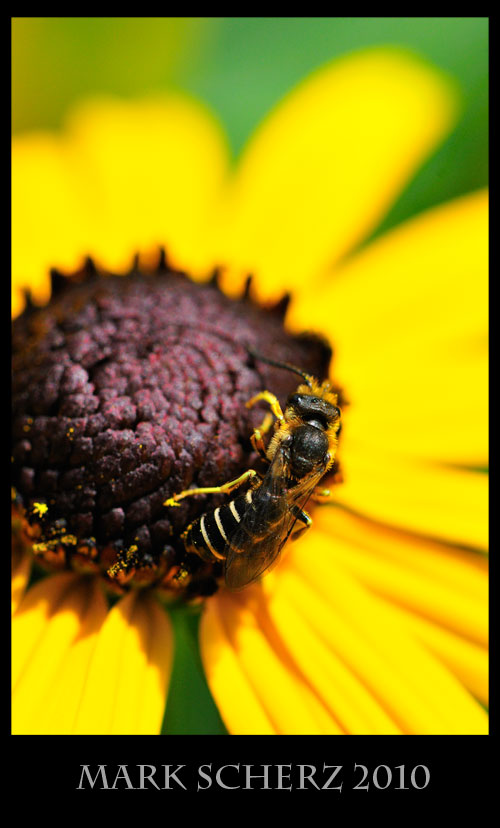
D300 + 105mm VR @ 1/1250s f/9
What’s left? Knowledge. Knowledge comes from both the practice, and from you wanting to learn about your subjects. There is saddeningly little information about the behaviour of various insects available on the internet. That, however, means great things for your photography, and for mine, because it means that we have to learn the behaviour by experience. Know when to take the shot, or when the action is going to culminate in some behaviour that you want to capture.
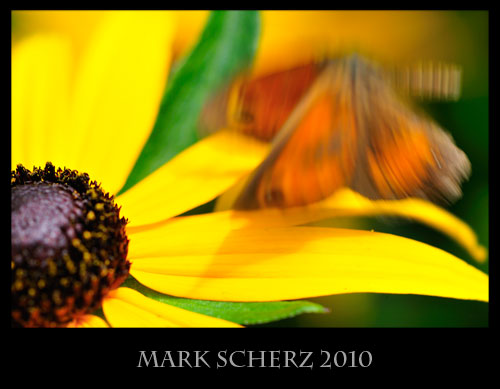
D300 + 105mm VR @ 1/320s f/7.1
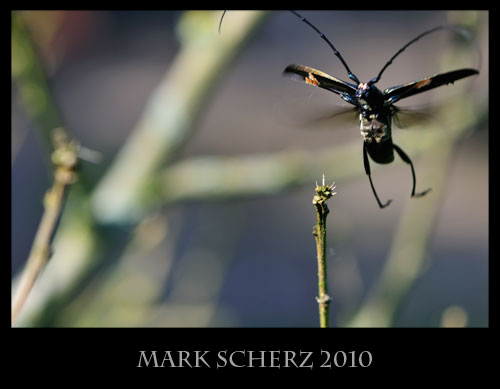
D300 + 105mm VR @ 1/320s f/7.1
Too often when shooting macro wildlife, photographers forget the quintessential element of wildlife photography: behaviour. When you go looking for behaviour, it makes you think in terms of your quarry, and that is always good for your photography. Just like with the gulls and their stupidly reliable poses, insects can be caught doing some fantastic and surprising things. Or doing some mundane things in a beautiful way.
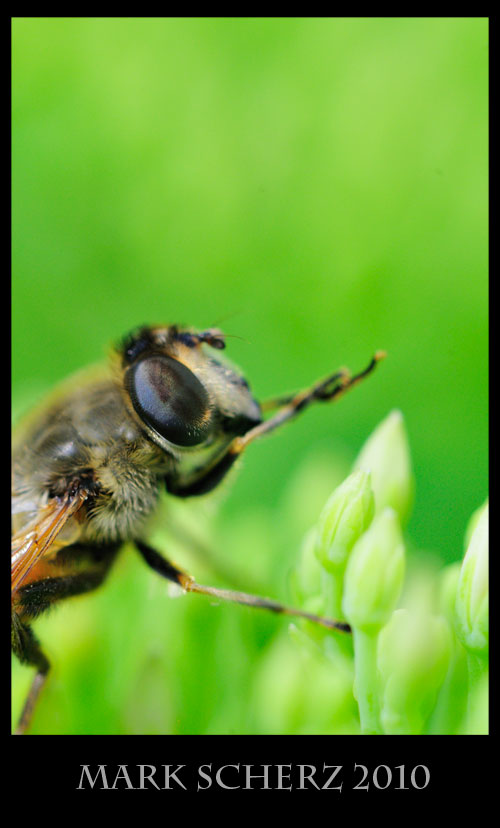
D300 + 105mm VR @ 1/250s f/11
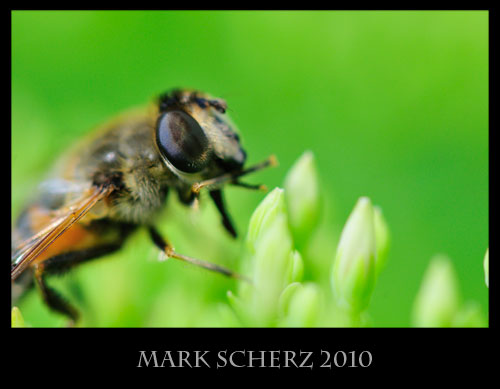
D300 + 105mm VR @ 1/640s f/8
So where’s the ideal place for doing this stuff? Guess what! Anywhere. Really. Gardens are great, but a forest is just as good. I hiked for an hour to get to the forest below with my heavy gear, and you know what, I got about 12 photos to show for it. But of those photos, I hope you like the two I’ve selected to show for it. As I say, determination pays off.
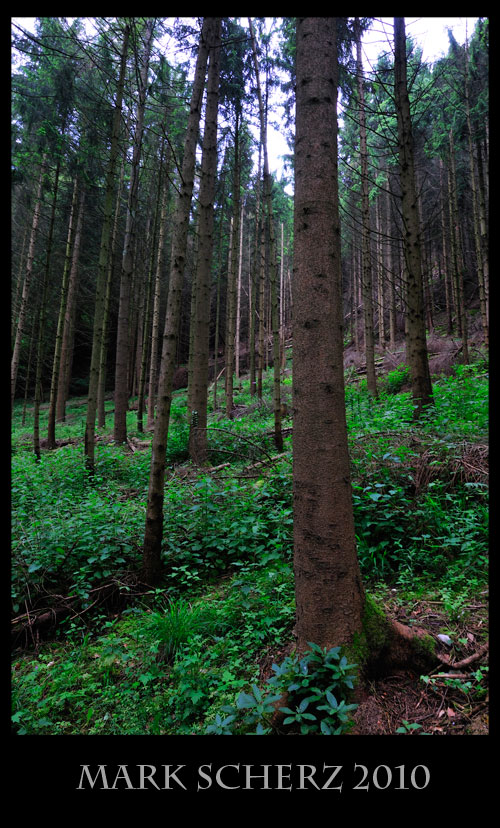
D300 + 105mm VR @ 1/20s f/10
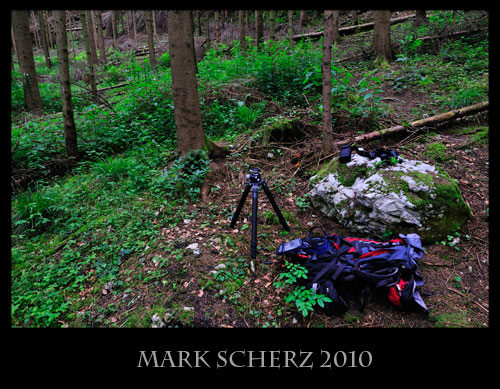
D300 + 14-24mm AF-S @ 14mm 1/50s f/6.3
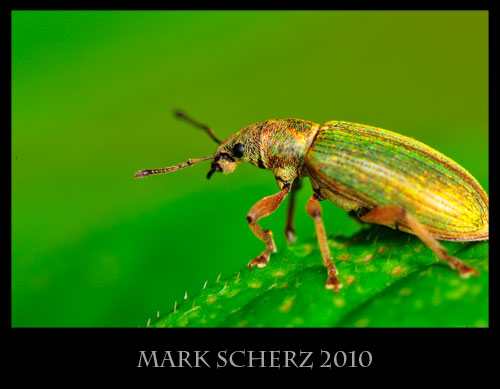
D300 + 105mm VR + SB-900 + R1 flash unit + 64mm Kenko Tubes @ 1/60s f/16 ~4:1x
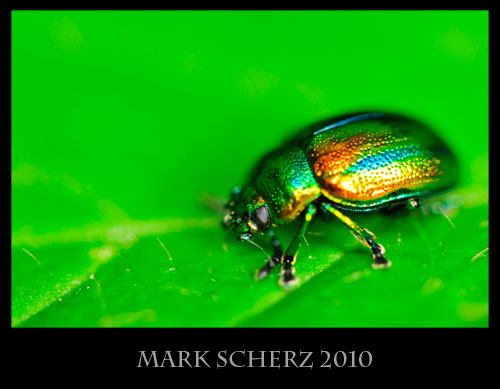
D300 + 105mm VR + SB-900 + R1 flash unit + 64mm Kenko Tubes@ 1/60s f/7.1 ~3:1x
I will end by saying that photographers are always told to adhere to the rules when they’re starting out. The rule of thirds, the exposure rules, optical focus, and such. Once you know the rules, you can bend them, even break them. Sometimes, just sometimes, breaking the rules will surprise you. So learn them, use them, and where appropriate, ignore them completely.
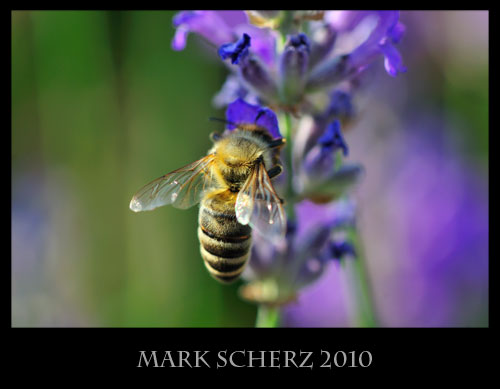
D300 + 105mm VR @ 1/200s f/8


wonderful! You are doing a great job and you encourage me to do so too!
Tahnk you.
I really like the whole set of images Mark. I certainly agree with you on the identification bit; despite a shelf full of field guides I often have to just give in and name them simply “beetle” or “moth”. Keep up the good work! The goldenrod is in full bloom here, ambush bugs and bees await!
Thanks Pierre. Good to hear I’m not the only one daunted by the species lists. 🙂